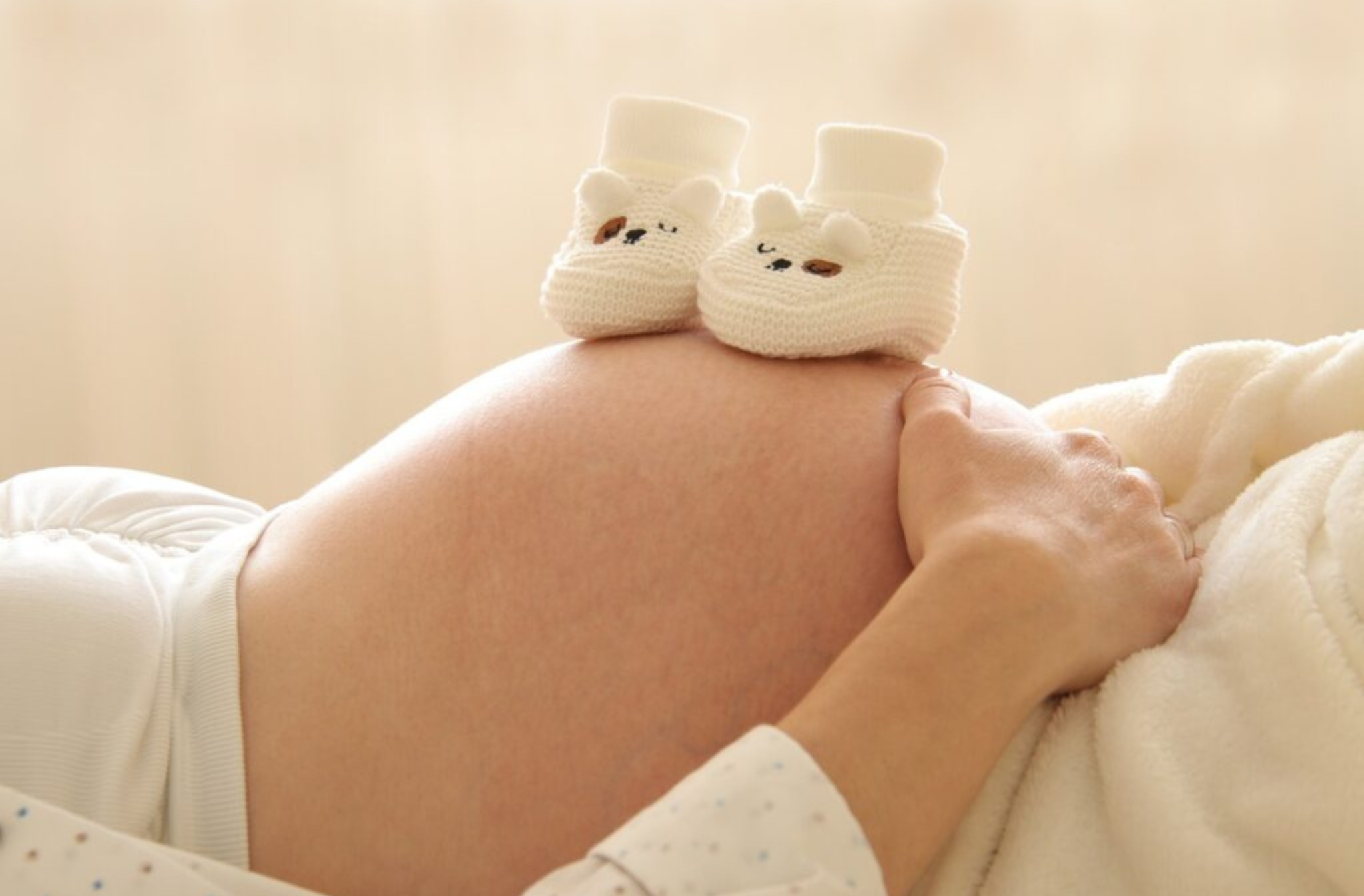Low Sperm Motility: Causes, Treatment, and Male Infertility

All You Need to Know About Low Sperm Motility and Infertility
Healthy sperm is essential for conception, relying on factors like count, shape, volume, and liquefaction. One crucial aspect is sperm motility, or the sperm’s ability to move efficiently toward the egg for fertilization. Low sperm motility can significantly reduce the chances of conception, making it a key concern in male fertility. Monitoring and addressing this issue through lifestyle changes and medical treatments can help improve reproductive health.
- Book an online appointment: Get a free online consultation.
- Call\W:+91-8800481100 Email:neelam@ivfconceptions.com
Infertility affects an estimated 15-20% of couples worldwide. Among them, about 30-40% are infertile because of malefactors. This male infertility cause also includes low sperm motility.
If you’ve ever wondered why some couples struggle to conceive despite seemingly perfect conditions, this comprehensive guide is your roadmap to understanding the nuances of low sperm motility and its implications on fertility.
More Resources to Read:
How much does Surrogacy Cost
Surrogacy Guide for Surrogate Mothers
Surrogacy Guide for Intended Parents
How does the surrogacy process work
What do you mean by low sperm motility?
Motility refers to the ability of the sperm to swim out of the penis, via the vagina and on through the reproductive system of the partner, finally ending in Fallopian tubes where the egg of a woman is waiting for fertilization.
However, if your sperm is slow to move to the vagina and the fallopian tube, it may end up somewhere in between. Asthenozoospermia is also known as low sperm motility. It means that your sperm are slow swimmers when examined at the lab.

How does sperm motility affect fertility?
Sperm motility plays a pivotal role in affecting fertility. The ability of sperm to navigate the female reproductive tract, penetrate the egg, and initiate fertilization is directly influenced by their motility. Understanding this connection is essential for anyone seeking insights into fertility-related challenges.
Examining the importance of sperm movement
The importance of sperm movement cannot be overstated. Efficient motility ensures that sperm can traverse the female reproductive system and reach the egg for fertilization. Sperm that lack proper motility may struggle to reach the egg, significantly reducing the chances of successful conception.
Causes of low sperm motility
So, what causes low sperm motility? There are many causes of low sperm motility including infections and varicocele. But your lifestyle also plays a very important role in causing low sperm motility. Therefore, you have to keep a good check on your lifestyle as well. Some of the lifestyle factors causing low sperm motility are as follows –
1. Heat – The enemy of the sperm is extreme heat, so you should prevent excessively hot showers and sauna trips. Even no-no’s too-tight underwear and pants. And if you read anything on a laptop on your lap, then stop now. Don’t rest on your lap anything that makes heat.
2. Stress – You know how stress can affect your health overall. Well, it’s also not so good for your sperm’s health. Just as stress can make you feel slow, your little swimmers can also feel slow. Find ways to alleviate stress.
3. Exposure to heavy metals – Limit your exposure to heavy metals, including iodine salt products.
4. Poor nutrition: You are at risk of low sperm motility if you do not receive enough vitamin C or vitamin B12 in your diet.
5. Excessive sex: you may think that having a lot of sex is a good idea, especially if you’re trying to conceive. However, too much sex can lead to low motility for sperm. Limit your sex once every two to three days and when you are in the fertility window.
6. Smoking – For reasons that are too numerous to mention here, smoking is no secret. One explanation you don’t know is that smoking can cause low motility of sperm.
7. Drinking alcohol – The function of the male reproductive system impairs the production of sperm and health when drinking excessive alcohol. Studies have demonstrated that abnormal sperm in men drinking over three and a half servings of alcohol daily is more common. In men who are struggling with alcohol, low sperm numbers, form, and movement have also been identified, which means that alcohol harms sperm motility.

Diagnosis of low sperm motility
Semen analysis is one test that can determine any abnormality in the sperm including motility. The sperm formation and interaction in the seminal fluid were evaluated by the test. The sample is collected through masturbation. The man is asked to abstain from sex between 2 and 7 days before the sample is collected to increase the semen amount.
To ensure that test results are accurate, it is important to collect the entire ejaculation in a sterile container. The sample should be kept not in the fridge, and doctors recommend it should be kept near the body to maintain it at body temperature during transport.
Factors in Sperm motility analysis
Sperm motility in semen analysis can be evaluated in the following ways –
1. Mobile Concentration percentage: What percentage of sperm moves in one semen measurement usually shown to be millions of cells per mL
2. Average speed: The velocity of the sperm moves in microns per second.
3. Total sperm count: How many sperm swim in a single ejaculate.
4. Percentage motility: How much of all the sperm in one ejaculation travels
How to treat low sperm motility?
It can lead to infertility but it can be treated in one of the following ways –
1. Intrauterine Insemination – Sperms are extracted and washed in the IUI process. A thin plastic tube then inserts the fastest-moving sperm in the womb.
2. IVF – The female receives medication during the IVF to stimulate egg production, which is taken from the ovary and fertilized in the laboratory with sperm.
3. ICSI – In this, the sperm with the best motility is injected directly into the egg.
Lifestyle and treatment of low sperm motility
- Abstain from drinking alcohol – Studies have found a link between alcohol intake and the quality of sperm, including motility. Yet the good news is also here. Many men’s sperm production has increased within three months of stopping alcohol.
- Maintain a healthy weight – The science between high BMI and low-quality sperm is mixed, with some scientists saying that the correlation is absolute.
- Avoid steroid hormones – You probably would tell your doctor to leave them if you’re on anabolic steroids. Talk to your doctor about your fertility plans if you are on the prescribed hormones.
- Avoid heat – Doctors say that your testicles are “a bit cooler” than the rest of your body. It can affect your sperm when it is overheated.

Low Sperm motility and Infertility
Getting pregnant with low sperm motility is possible. The infertility factor for a man is when it cannot impregnate a woman. It accounts for 40 to 50% of cases of infertility and affects about 7% of males.
Infertility in men is usually caused by semen deficiencies, which are the most common:
- Oligospermia or poor sperm count
- Poor motility of sperm
- The irregular shape of sperm
Low Sperm Motility Treatment and Myths vs. Facts
Separating myths from proven methods to enhance sperm motility The internet is filled with myths about improving sperm motility. This section dispels common misconceptions and focuses on evidence-based approaches to enhance sperm motility, providing reliable information for those seeking solutions.
Can diet and exercise boost sperm motility?
A healthy diet and regular exercise are often touted as essential for overall well-being, but how do they specifically impact sperm motility? This segment explores the connection between diet, exercise, and improved sperm motility, offering practical tips for individuals looking to enhance their reproductive health.
Examining the Role of Vitamins and Supplements in improving sperm health
Certain vitamins and supplements are believed to have a positive impact on sperm health. This section evaluates the scientific evidence behind these claims, helping individuals make informed decisions about incorporating supplements into their fertility journey.
Getting Pregnant with Low Sperm Motility

Is conception possible with low sperm motility?
Despite the challenges posed by low sperm motility, conception is still possible. This section provides hope and guidance for couples facing this issue, exploring alternative methods and assisted reproductive technologies (ART) that can increase the likelihood of successful pregnancy.
Exploring assisted reproductive technologies (ART)
Assisted reproductive technologies, including in vitro fertilization (IVF) and intrauterine insemination (IUI), offer viable options for couples dealing with low sperm motility. Understanding the different ART options and their success rates empowers individuals to make informed choices.
What are the success rates of getting pregnant with low sperm motility?
Understanding the success rates of various fertility treatments is crucial for managing expectations. This section provides insights into the potential outcomes of fertility treatments, offering realistic expectations for couples undergoing assisted reproductive procedures.
Asthenozoospermia: A Closer Look
Defining and understanding asthenozoospermia
Asthenozoospermia is a specific condition characterized by reduced sperm motility. This section provides an in-depth exploration of asthenozoospermia, including its definition, causes, and implications for male fertility.
How does asthenozoospermia impact fertility?
Understanding the impact of asthenozoospermia on fertility is essential for couples dealing with this condition. This segment delves into the challenges posed by asthenozoospermia and explores potential treatment options to improve sperm motility.
Treatment options for couples dealing with asthenozoospermia
Couples diagnosed with asthenozoospermia have various treatment options available. From lifestyle modifications to medical interventions, this section outlines the strategies that can help improve sperm motility and increase the chances of successful conception.
More Resources to Read:
Infertility Treatment and Surrogacy Process
9 Factors To Improve IVF Pregnancy Rate
International Surrogacy Options Worldwide
Surrogacy Guide for Surrogate Mothers
Conclusion
About 90 percent of the problems of male infertility is due to low levels of sperm, but poor motility is also an important factor.
Therefore, low sperm motility is found to have affected fertility in many couples. So, what you can do next? Seek a medical consultation with a fertility doctor if your wife is unable to conceive even after regular unprotected sex. With proper diagnosis and treatments becoming a parent is possible for almost all couples.
If you’d like to learn more about IVF, Egg Donation, or surrogacy services globally, check out the rest of our website at Complete Surrogacy Agency. We offer legally secure and affordable surrogacy consulting services for FREE.
For more resources on IVF and Surrogacy, browse our other web page- IVF Conceptions.
For more resources on IVF and Surrogacy, browse our other web page- Georgia Surrogacy Agency.
Complete Surrogacy: Your Trusted Partner in International Surrogacy
At Complete Surrogacy, we have over 15 years of experience in international surrogacy, guiding 4,000+ intended parents worldwide. We provide safe, ethical, and affordable surrogacy solutions for single parents, LGBTQ+ couples, and heterosexual couples.
As members of EFS and ESHRE, we adhere to the highest ethical and professional standards. Our expert team is committed to providing accurate, compassionate, and transparent guidance, ensuring a legally secure and smooth journey to parenthood.
Let us help you build your family with trust, care, and integrity.
Get in touch for one FREE Surrogacy Consultancy!
Our team includes experts from diverse backgrounds with leading reproductive attorneys, professionally trained top fertility doctors, former surrogacy case managers, experienced and kind surrogate mother and egg donor coordinators, mental health professionals specializing in infertility counseling, and a logistic support team to assist you in your chosen surrogacy country.
References used:
Frequently Asked Questions about Low Sperm Motility and Infertility
What is low sperm motility?
Low sperm motility refers to a condition where the sperm in a sperm sample move with less vigor and struggle to swim effectively, which can affect fertility and lead to male infertility.
How does low sperm motility affect fertility?
Low sperm motility is an important cause of infertility as it reduces the chances of fertilization by the motile sperm, impacting the ability to fertilize the female egg for conception.
What are the causes of low sperm motility?
Causes of low sperm motility can be multifaceted, including factors such as low sperm count, poor sperm motility, and underlying male fertility issues, as well as environmental and lifestyle factors that affect male fertility.
How is low sperm motility diagnosed?
Diagnosis of low sperm motility is typically done through a semen analysis, where sperm concentration, total motility, and progressive motility are evaluated to determine sperm quality and motile sperm.
What are the treatment options for low sperm motility?
Treatment for low sperm motility is possible with the help of medical and lifestyle changes. Treatment for low sperm motility may involve lifestyle changes, such as improving diet and reducing exposure to environmental toxins, as well as medical interventions including in vitro fertilization (IVF), intracytoplasmic sperm injection (ICSI), and varicocele repair for male fertility.
Can low sperm motility be improved?
Yes, in many cases, the treatment is based on the reason for low sperm motility. Contact a fertility specialist to discuss your own case.

Author Bio: Neelam Chhagani is an International Surrogacy Expert with 15 years of experience in the fertility and surrogacy domain. As the founder of IVF Conceptions and Complete Surrogacy, she has guided over 4,000 intended parents worldwide on their surrogacy journey to parenthood. Recognized as a trusted authority, she specializes in holistic infertility solutions and third-party reproduction consulting.
Holding an MA in Counselling Psychology and a PGD in Mental Health, Neelam is a proud member of the European Fertility Society (EFS) and the European Society of Human Reproduction and Embryology (ESHRE). She is also a leading surrogacy blogger, providing valuable insights into ethical and practical surrogacy solutions.
Since 2010, committed to supporting ALL family types, Neelam has been passionate about helping intended parents grow their families with compassion, integrity, and a focus on secure and affordable surrogacy options Globally.
Learn more about Neelam:
https://www.ivfconceptions.com/neelam-chhagani-surrogacy-consultant/
https://www.linkedin.com/in/neelam-chhagani-92892229/















I was introduced to Neelam by a friend who worked with Neelam for surrogacy. Neelam is absolutely wonderful. I am a single male and the journey to fatherhood is not that easy. Neelam connected me to a program ideal for my circumstances. She was with me throughout the pregnancy providing advice and guidance along the way. I am so grateful I found her and am thrilled today that I have a beautiful daughter. I highly recommend Neelam to anyone who is on a journey to become a parent. Having a child has changed my world for the better. I wish others success with their own journey and recommend you connect with Neelam to find a path that is best for you.
SA (USA)